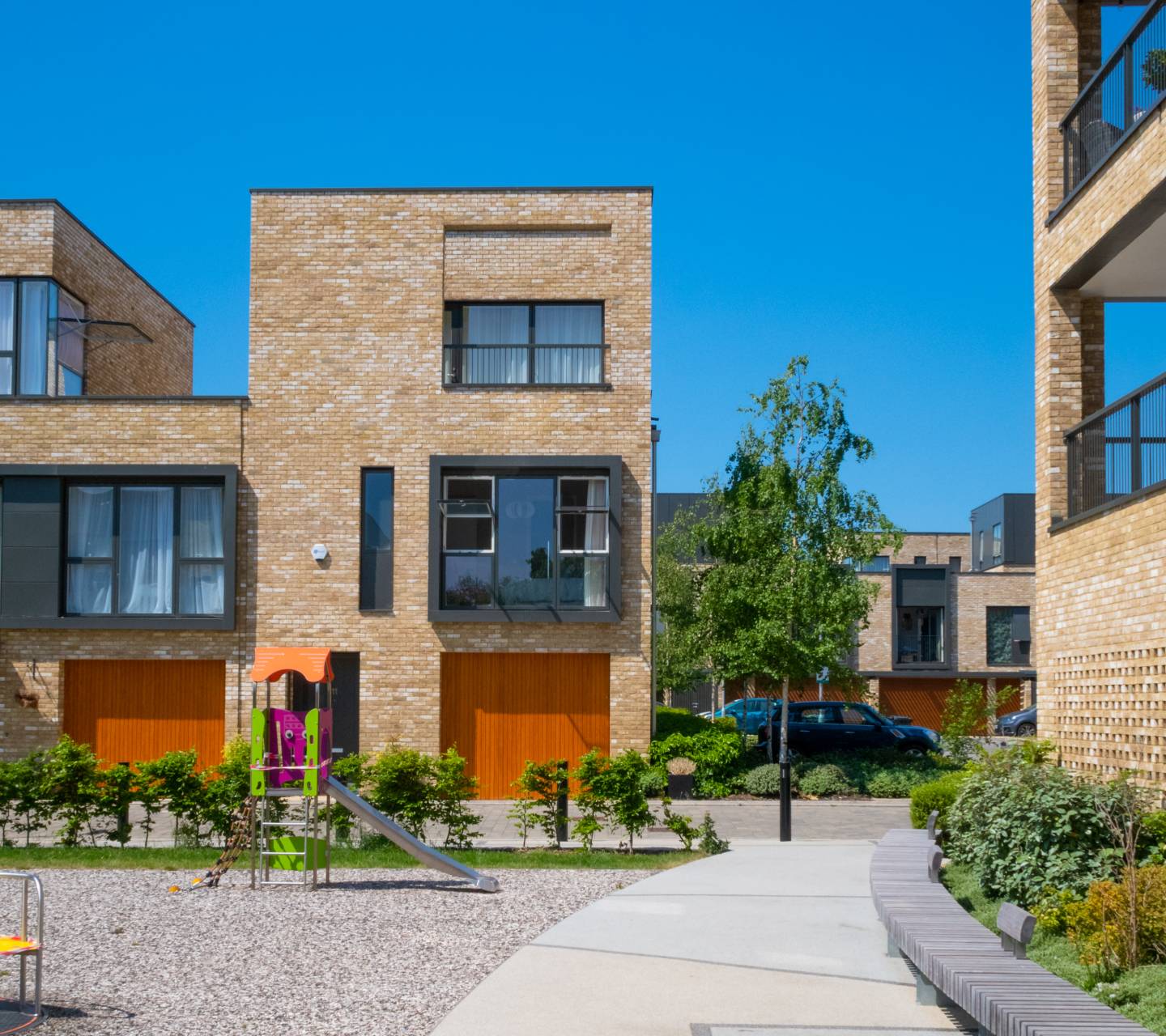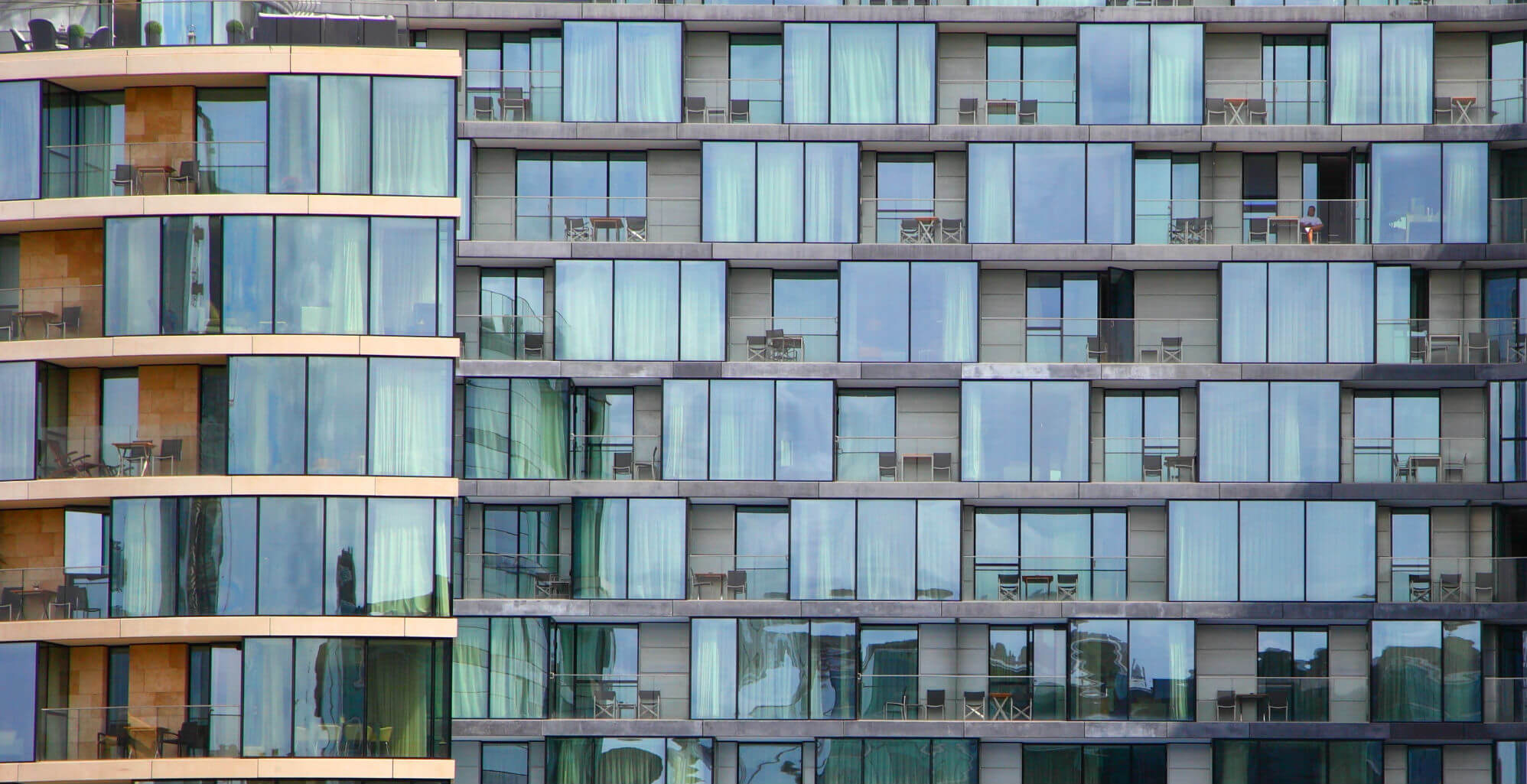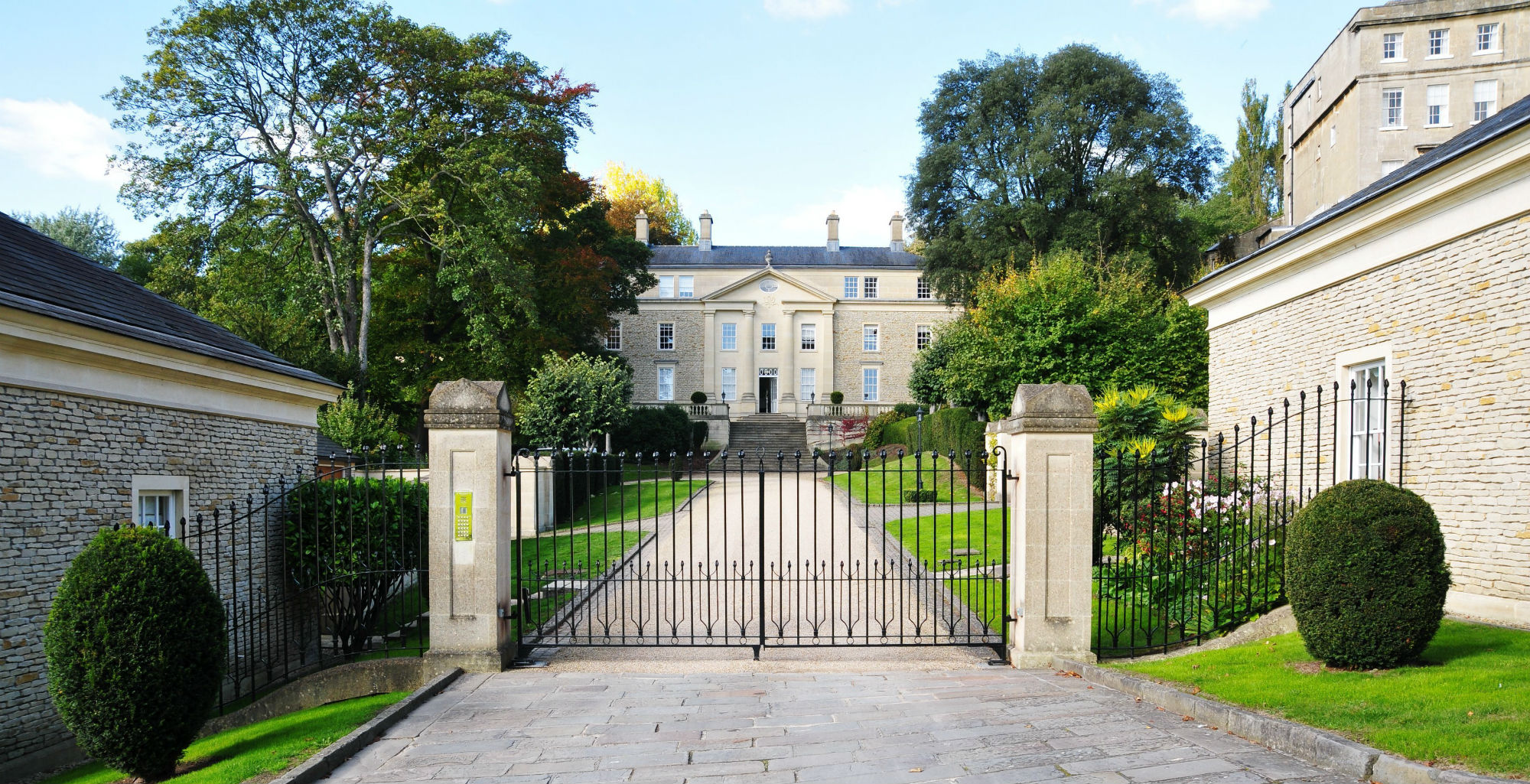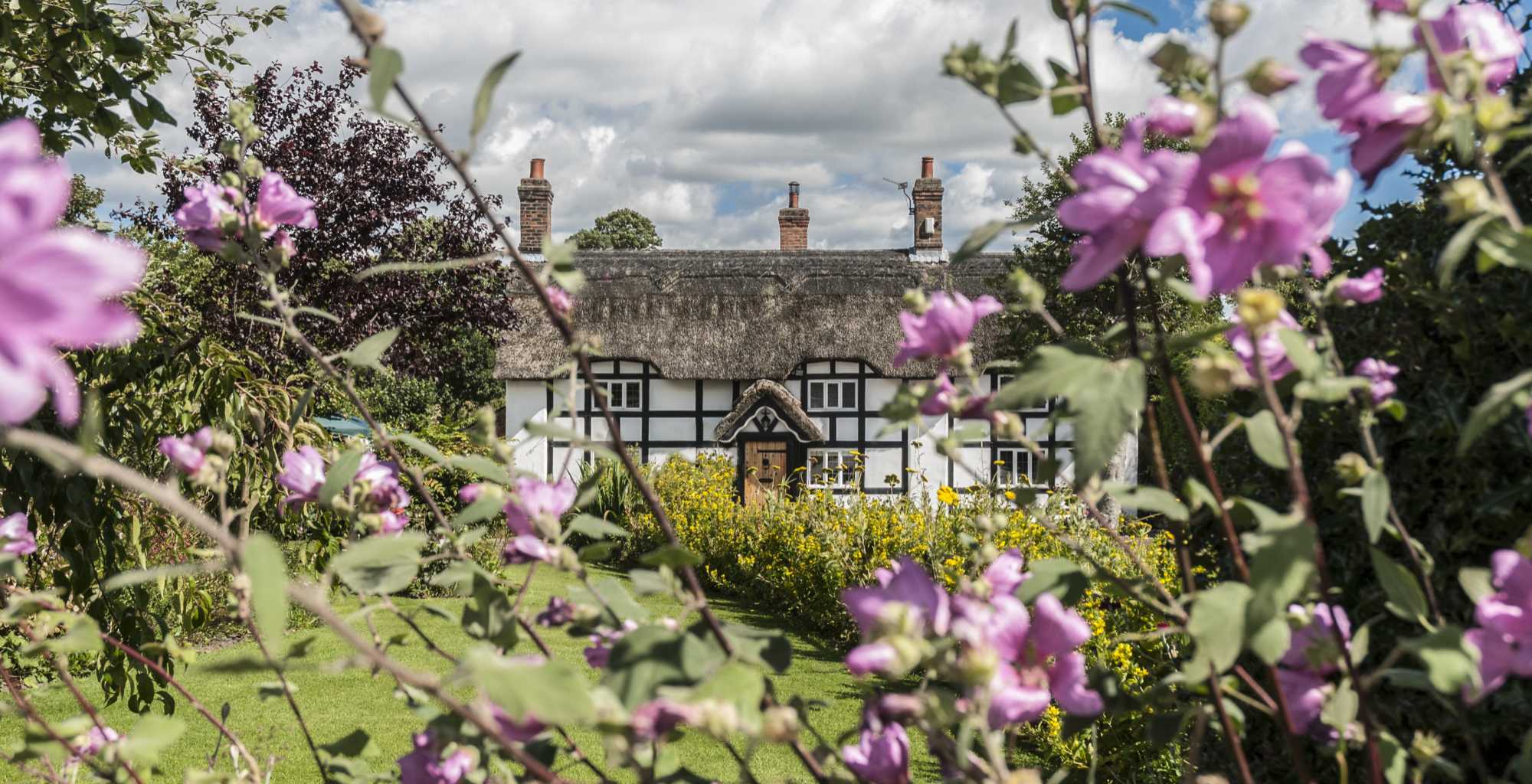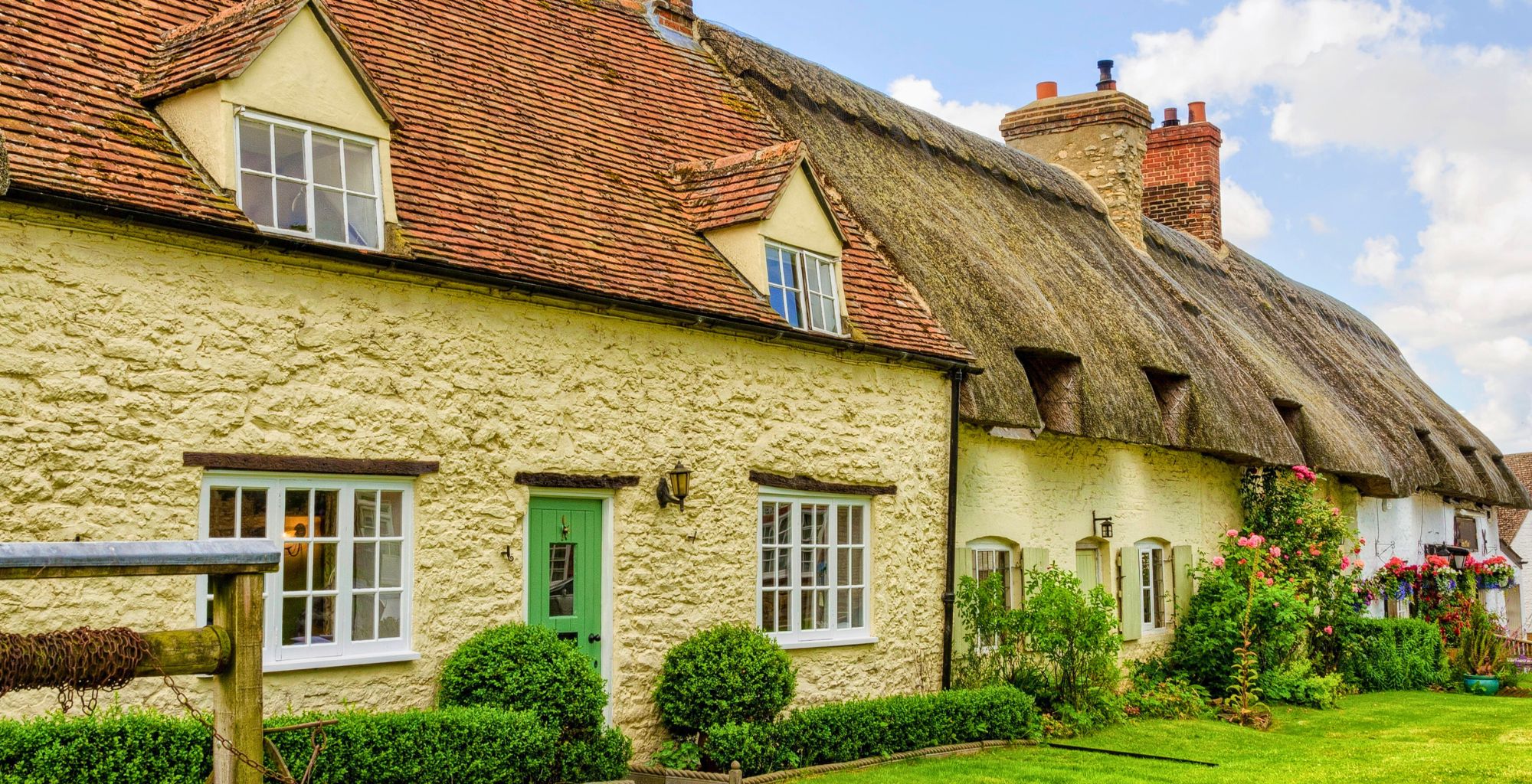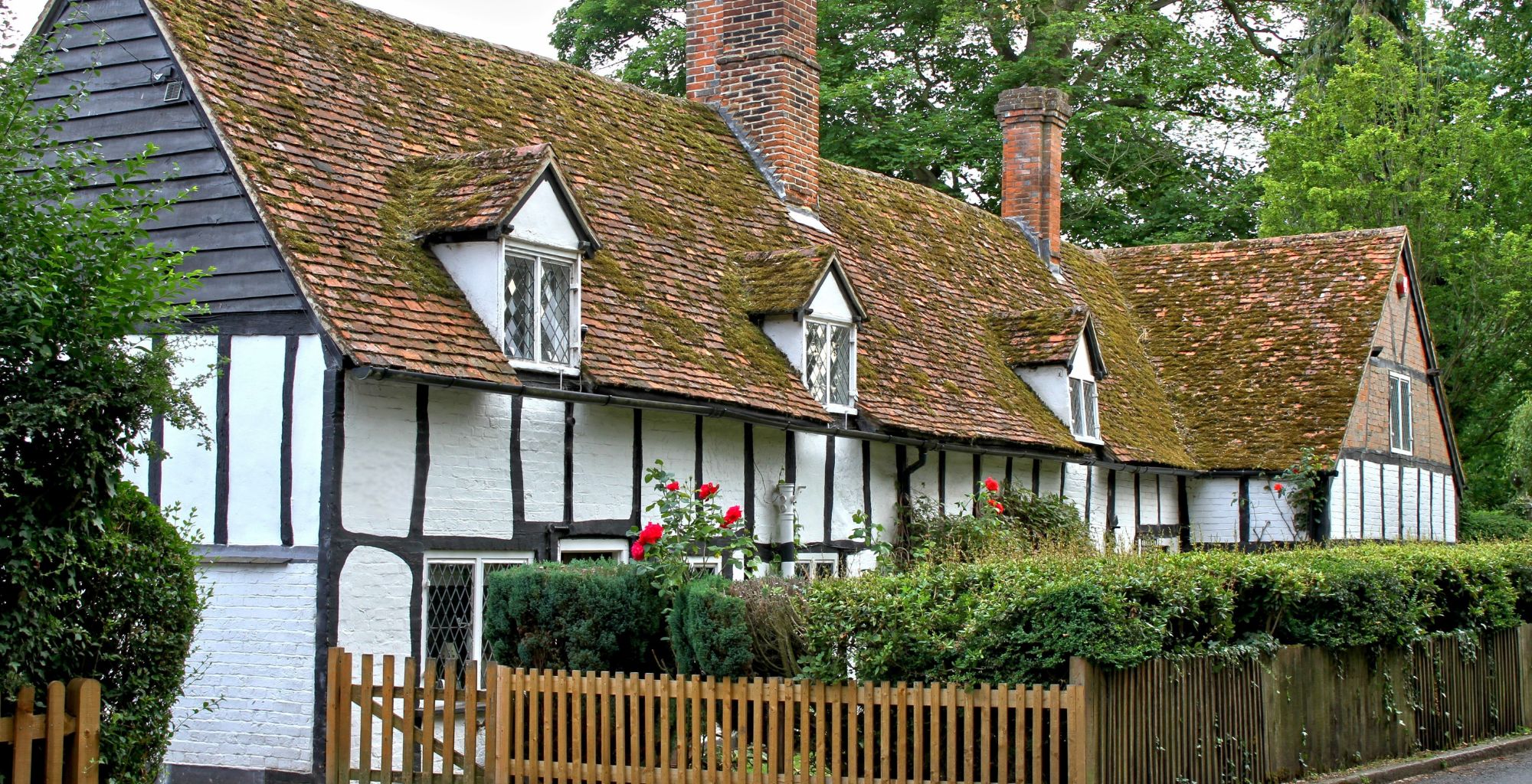Are you considering a move to the North West and want to know where the best places to live...
15 Benefits of a new build property
What are the benefits of a new build property?
It might be your inclination to opt for an older style home, perhaps because you’ve always lived in this type of property before.
However, it’s worth considering the real advantages of buying a new build home and comparatively the disadvantages of buying a period property.
Housebuilders are pushing boundaries now in terms of architectural style and finish.
Gone are the days of the ‘box’ and instead there are many exclusive developments in desirable locations where builders are choosing to create something first-class.
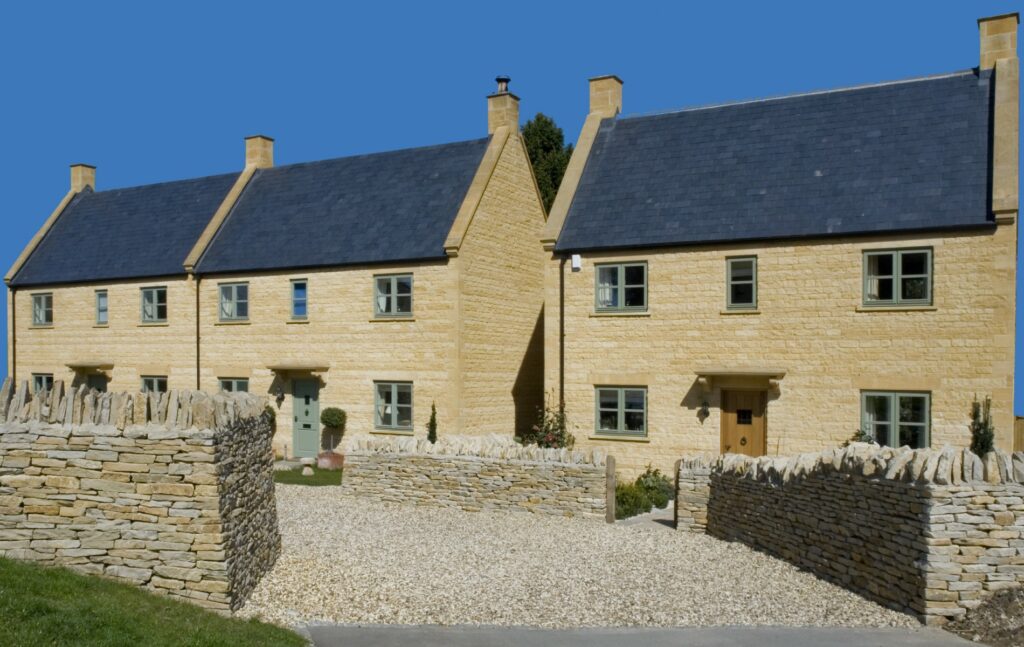
Here are 15 benefits of buying new builds:
1. It’s exactly that… brand new!
A new build house is exactly that: brand new. No one has lived there previously so there’s no wear and tear to deal with when you move in.
Also, no one has put their stamp on it. A drawback of buying a second-hand home is the fact many people may have lived in it over the years.
Each will have changed it slightly to suit them as well as making improvements and repairs.
In some cases, people won’t have maintained the property correctly meaning you can inherit some nasty surprises in the form of costly renovation.
You don’t inherit any of a house’s ‘baggage’, it’s a blank canvas ready for you to make your mark.
Often, new build properties are presented in such a neutral fashion that you may still need to pay for decoration to give it some personality.
However, the real benefit is that you aren’t having to undo someone else’s work or living style.
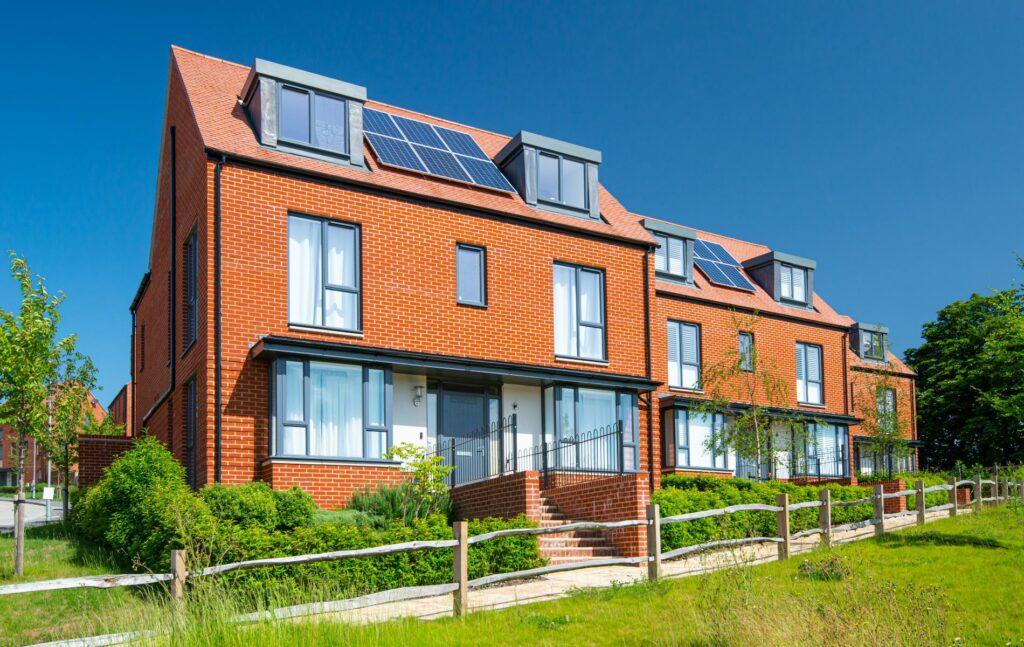
It should also be spotless too with no need to pay for a deep clean because the previous owners left it in a mess.
There’s also nothing left over from previous occupants; for example, the loft will be empty and there won’t be any discarded items or rubbish left which you have to deal with.
Every room is wonderfully empty but ready to live in with pristine carpets or floors and all your kitchen appliances are shiny and sparkling, having never been used before.
You have the peace of mind that it’s clean.
2. Choice
In some homes, you may be able to choose fixtures and fittings depending on how far the build is in progress.
For instance, you might be able to choose your entire kitchen, tiles in bathrooms and en suites as well as carpets or flooring.
You may be able to have some say in the configuration of a home when it’s a new build property depending at what stage you get involved in the purchase.
For example, you may be able to choose to have extra storage such as in-built wardrobes added or particular features such as alcoves or an under the stairs cupboard.
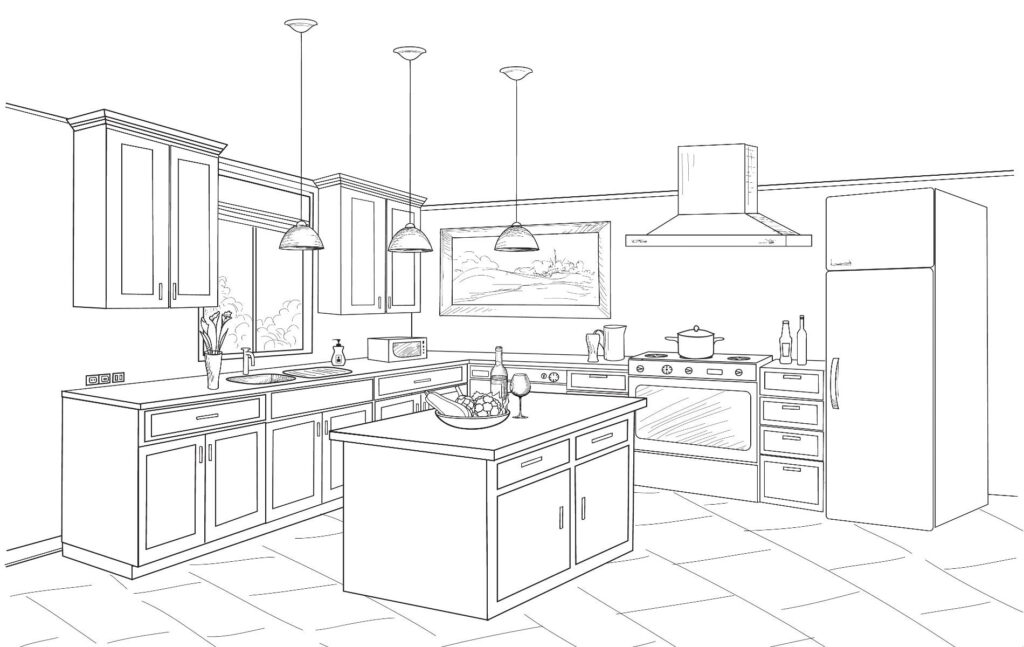
If you want a separate dining area, this also might be possible or room for a large utility.
You can usually upgrade to more superior finishes too such as granite or marble work surfaces or opt for a better standard of bathroom.
If there is something you really want to be incorporated, most developers will work with you on achieving this.
You simply do not get that kind of flexibility or choice when you move into a second-hand home.
Buying a new build home, there can be the benefit of not having to compromise on what you really want.
When considering the pros and cons, those buying a period home will usually always find there’s something they don’t like or want to change.
3. Peace of mind
With a new build home, the property will be covered by a warranty, predominantly by the NHBC, National House Building Council, this is usually applicable for a 10 year term.
This gives you protection against something going wrong including structural defects.
Another point to add to the pros and cons when comparing old and newer properties as you don’t get this assurance with an older properties.
Registered in England, a warranty kicks in from point of exchange of contracts and can cover your deposit against the firm going insolvent.
This means you would get your deposit returned if the builder went out of business and didn’t start or complete the property.
Once the property is built, the warranty is split into two periods – the defects insurance period, which covers the first two years, and the structural insurance period which covers years three to 10.
This gives you cover if there are issues with the work the builder has done such as faulty pipes meaning the heating doesn’t work.
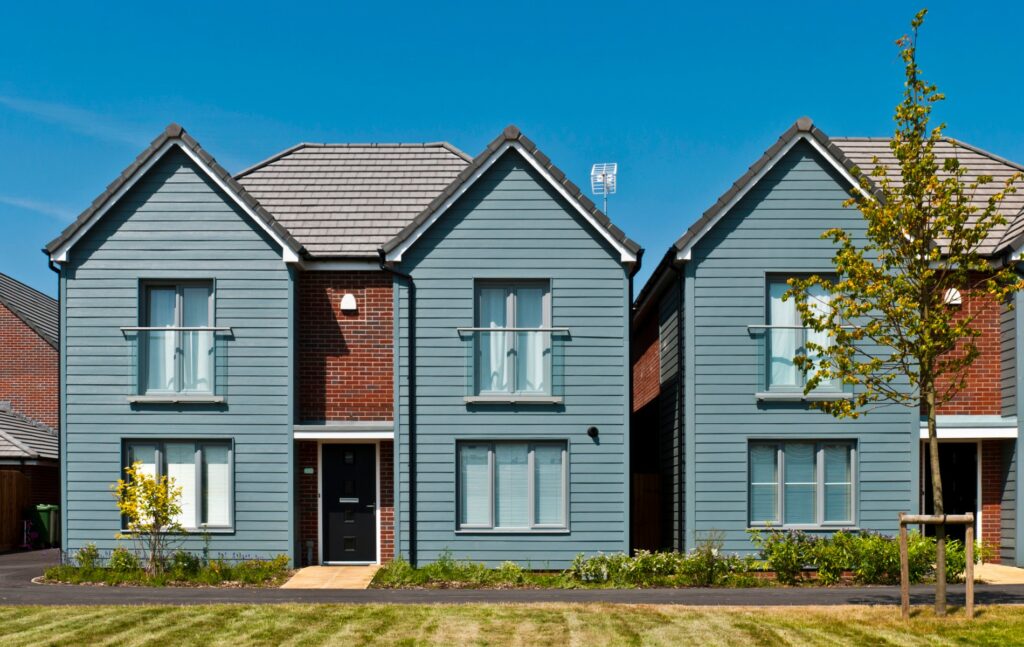
It covers structural problems such as plumbing, wiring and the roof.
It doesn’t cover all problems, however, so always read the small print.
Appliances included with new build properties will also have their own warranties, usually for at least two years.
You don’t get this kind of cover against problems arising when you buy a period property and you would have to pay yourself to get them sorted out.
4. Built for today’s living
How we live now compared to decades ago has changed dramatically.
A new build property is built with today’s living in mind.
Space tends to be open plan and multi-functional.
A living room will incorporate a family’s needs offering a space, say, adequate for cooking, eating, watching TV and children doing homework, all in a single open area.
There will be studies for working from home, much more a requirement now, in times of Covid.
New builds tend to come with easy access to the outdoors. Bi-fold or sliding doors will lead to big terraces and patios with space for a barbeque and tables and chairs.
This has been included to meet the growing demand of buyers wanting to enjoy the outdoors as much as the indoors.
Bedrooms will come with large en suites as well as a family bathroom, something period properties don’t always have space for.
New houses will also accommodate owners’ need to have a car or two.
With this in mind, these homes will provide ample driveways and parking, again something period style homes often don’t have.
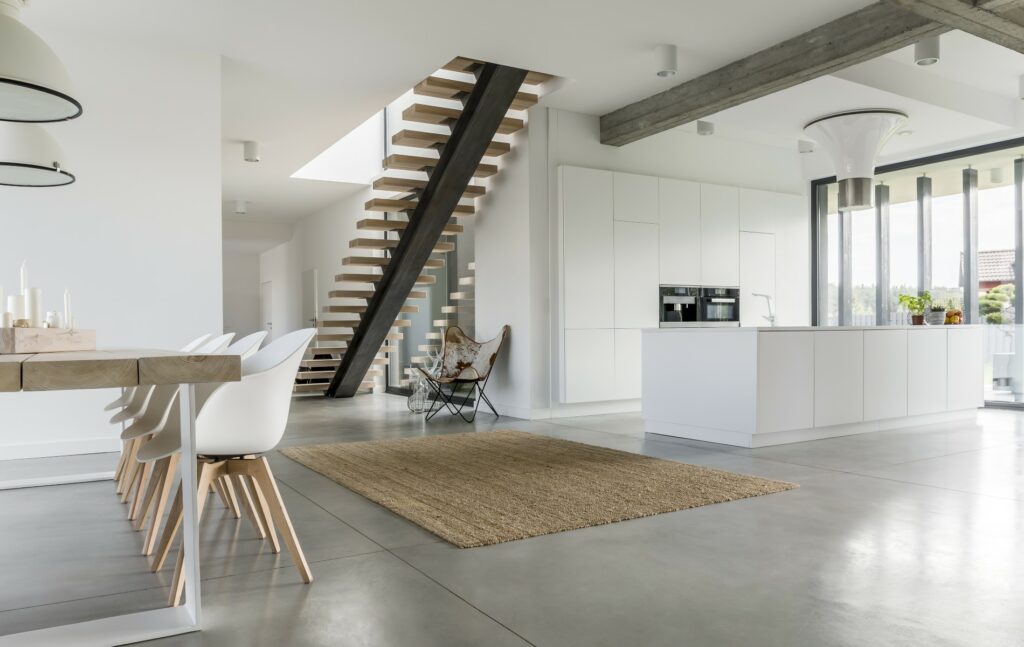
Generally, new houses tend to offer a lot more space than a period property.
Plots are bigger than they were and the concept of open plan living has meant developers are creating homes with huge, versatile rooms to accommodate people’s changing needs.
Whereas older properties will have a standard design in terms of its principal rooms, a new home is much more fluid, offering large spaces which connect with other rooms.
Older houses may offer, for example, a dining room separate from the kitchen and living room but new houses tend to incorporate all those purposes in a large open plan area.
The element of luxury is also now much more part of a new build, with extras such as a cinema room, gym, swimming pool hobby room often incorporated.
Again, you don’t usually get these kinds of features in an period property.
5. Technology
New houses can incorporate all the latest technology such as underfloor heating and smart technology in terms of heating, lighting and music, all remotely controlled.
AI and smart home technology are becoming a major feature of the way we live and new build properties can fully incorporate this along with all the required wiring and infrastructure during the build.

An older property is less easy to adapt to being able to offer new technology.
Improved technology also means better security; new build homes will have properly fitted locks and at the top end of the scale, sophisticated CCTV and video entry devices.
Although you can add technology to a period home, it’s a lot easier to move into a property where it’s all been put in at various stages of the build.
6. Environmentally friendly
A positive of buying a new build is that it will be built to exacting standards in terms of heating and ventilation.
Many new builds are now being created to a ‘passivhaus’ standard, built to reduce your energy bills to a minimum, offering impressive energy efficiency.
Solar panels can be incorporated, not always easy on period houses because of their rooflines.
You end up with a home that is really warm in the winter and cool in the summer, saving you on bills and aiding the environment too.
The EPC, energy performance certificate, will usually be an A or B meaning peace of mind that you aren’t going to have to replace insulation or put in draught-proofing as you often need to when buying a period property.
Data from EPCs shows 82% of new homes from January to March 2020, were given an A or B rating.
When buying a property, its Energy Performance Certificate will indicate any improvements needed and with period properties, these can be costly.
Many things you put up within period properties, such as draughty windows and doors, become a thing of the past when you buy a modern home.
Not only will it save you on your bills but will also mean you don’t need to invest in thick heavy drapes to keep rooms warm because your home will always be at the correct temperature for you.
Even if you aren’t buying a ‘passivhaus‘, a modern home should include energy efficient features as standard such as double or even triple glazed widows, insulated walls and doors.
7. Outside space
Most new houses will come with a garden that has been newly laid to lawn, fenced, often using something more aesthetically pleasing such as willow panels and with flower borders dug and sometimes even landscaped.
So, you are not inheriting an overgrown garden which needs trees and bushes cutting back as you can with a property that isn’t a new build.
Rather than spend your first few weekends getting a gardener in, you can simply enjoy it.
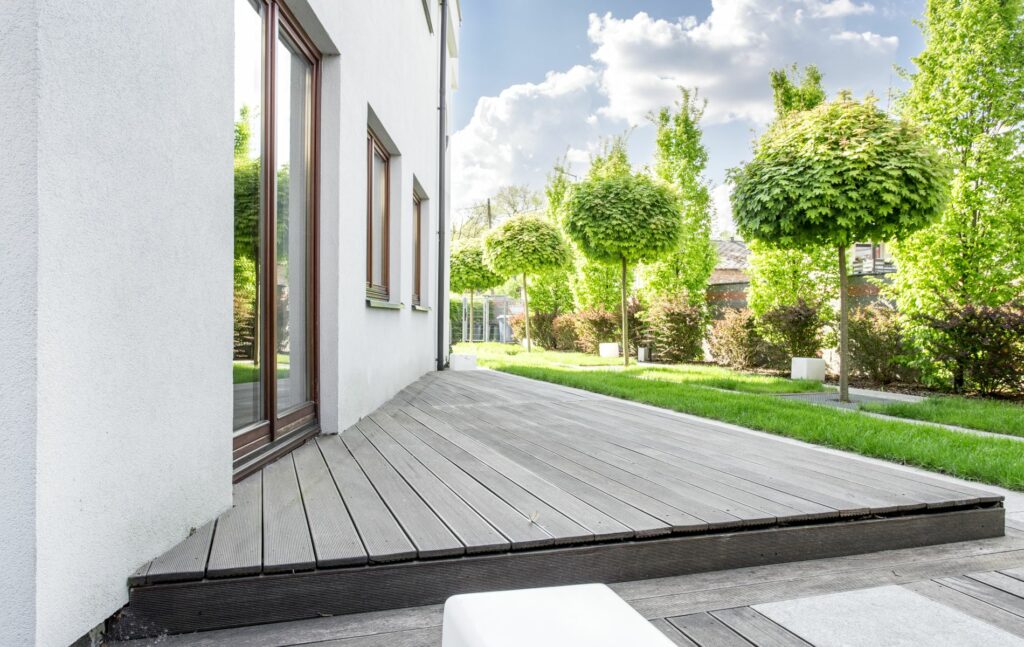
Plot sizes do vary but new build developments might provide an ideal lifestyle for all kinds of buyers.
Builders usually create gardens that can be seen from the main rooms meaning you can keep an eye on children playing.
You’ll also have peace of mind in that the garden will be secure.
8. Easier to buy with restrictions in place and no chain
Buying a new build can be easier in that you can view the property without any sellers.
With buying new build properties, you are buying with no onward chain, which can make the move a lot easier, quicker and less stressful.
When you’ve put in an offer, you also don’t have the risk of being gazumped or a seller pulling out.
Having no chain gives you more ability to negotiate on moving in when you want to without the pressure of having to tie in with the people selling.
When buying a new home, usually developments will have sales offices, open at the weekends, which can make choosing fittings and fixtures or simply revisiting the property to check sizes of rooms a lot easier.
9. Build your own
You could think of building your own new home.
Self-builds are becoming more popular whereby you buy the plot and design your own home and get it built.
This means you can have everything incorporated that you want and end up with the home of your dreams, in the location where you want to be.
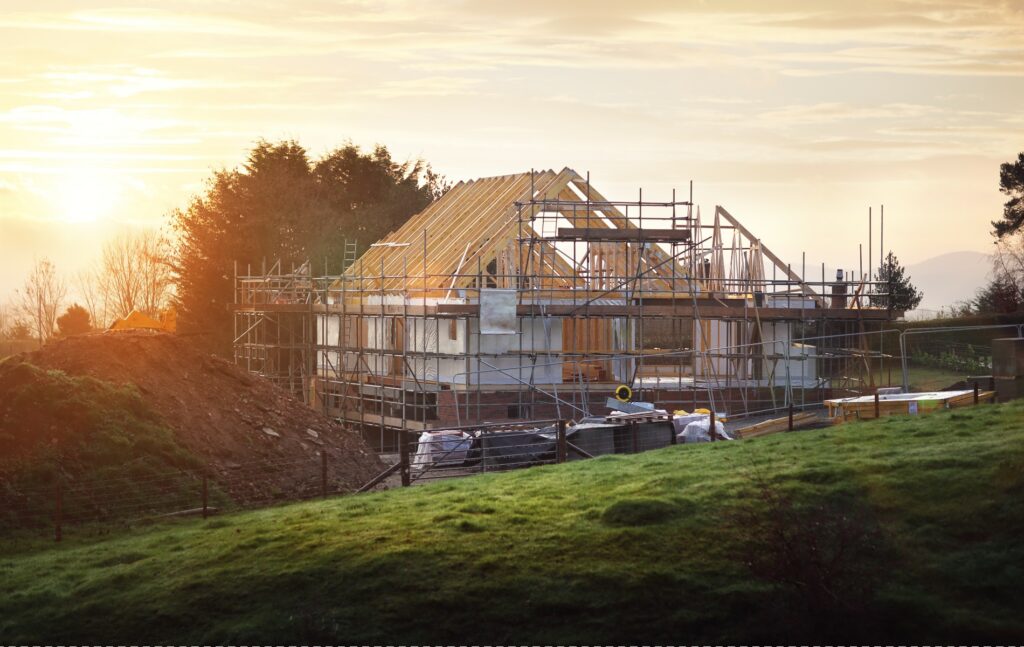
The great thing about designing your own house is that you can incorporate a number of architectural styles; taking what you like, from say the Victorian or Georgian eras but incorporating into a modern home.
There are many companies now offering to help you with a self-build.
It can be really exciting to start literally from scratch, with the land and then design your own home giving you complete control over how it looks, subject to planning consent, and what it offers.
10. Low maintenance
Buying a new house will generally require less immediate maintenance.
Features such as self-clean glass and wipe clean floors mean a new house can be a lot easier to keep dirt-free.
You won’t need help in getting the exterior painted or repointed as soon as you move in.
You’ll also have a new roof and gutters.
When considering the advantages and disadvantages, many new build homes are generally much easier to maintain.
This gives you more time to enjoy the things you love rather than having to employ a cleaner or get out the duster or a paintbrush yourself on a regular basis.
11. Sense of community
When you buy new, you are often buying into a ready-made community.
A new house can be part of an exclusive development and the builder will have also factored in proximity to shops, amenities such as a doctor’s surgery and schools.
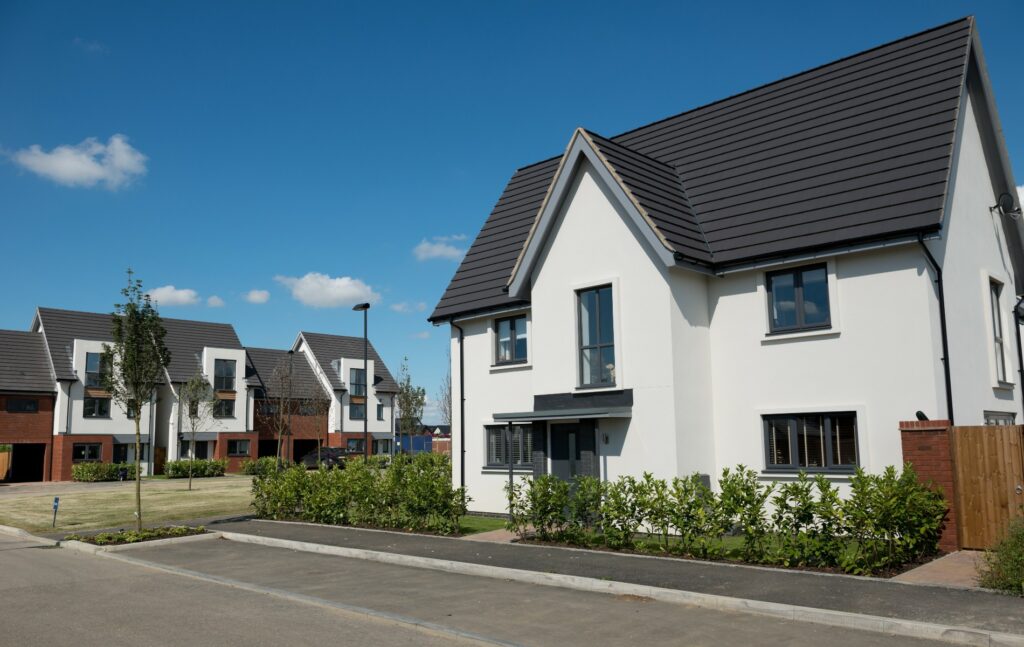
If there aren’t such facilities, new ones may be being built as part of the overall development so you could end up with really good services and shops or perhaps a restaurant or takeaway, all in one place and in walking distance.
Some new houses will come with communal facilities such as a gym, spa or swimming pool complex, which you don’t get with a period property.
In some developments, there may be even a concierge meaning there is someone on hand to take parcels and post for you in your absence.
12. Neighbours
As part of a new community comes like-minded people living there.
You can find neighbours with a lot in common with you or perhaps with children the same age.
You don’t always get this with an older house as a street will have occupants who’ve lived there a long time.
It’s also easier to make friends if you’ve all moved in recently.
13. Price is right
It can be easier to negotiate on an asking price of a new home.
How much room you have to negotiate depends on where the property is, the level of demand, the number of units that remain to be available, as well as how advanced the development is in terms of build.
If it’s at an early stage, a developer may be prepared to do a deal as they may need funding for the rest of the development.
If a site is almost finished and no buyer has been found, this also puts you in a strong position to negotiate on price.
Most developments will have houses that are harder to sell than others because of their plot size or location within the complex.
So, there’s usually room to do some bargaining.
14. Extra incentives when buying a new build property
Even with top-end new homes, developers often still offer incentives to buy.
You can get appliances included and sometimes a part-exchange deal, aid with paying the deposit or even your agent fees, all as part of the sale.
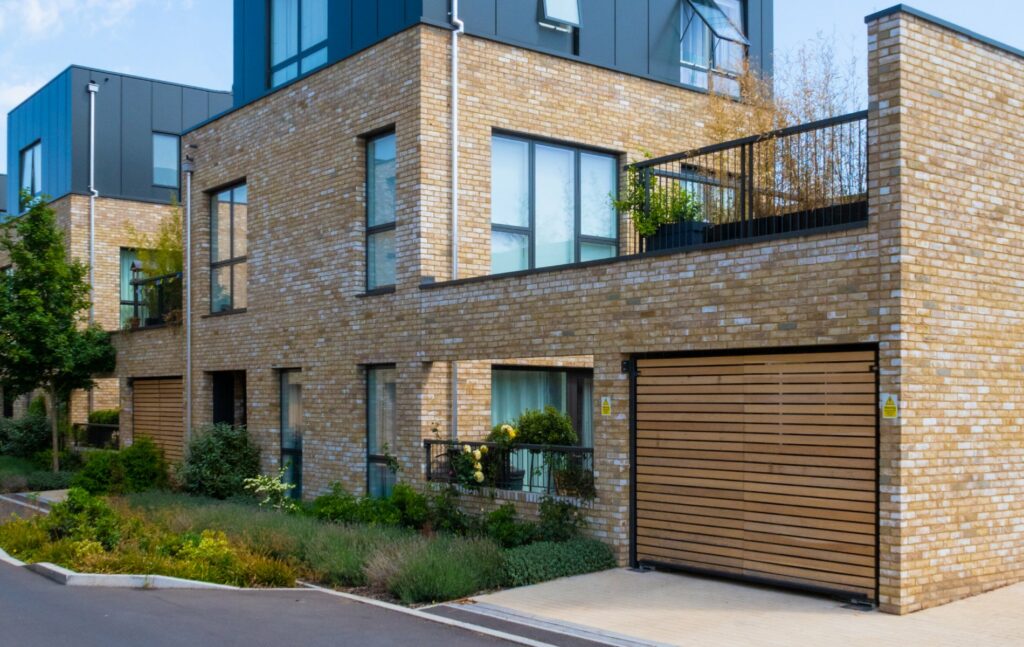
You could also look at asking the developer to pay the stamp duty.
These additional extras aren’t usually something you can get with an existing property.
15. Snagging
Unlike buying a new property there are some savings on things like a structural survey.
You can pay to have an independent snagging survey carried out although it is a house builder’s responsibility to check and fix cosmetic defects before you complete on the sale.
Snagging detects minor defects or ‘snags’ caused by the builder, for example, something which is damaged or doesn’t fit properly.
It might be a shower cubicle that leaks or a hinge missing on a door or a scratch to paintwork.
You can pay to have a professional snagging survey done before you exchange contracts or as soon as you move in if you prefer.
An independent survey can add weight to any complaints you have if your builder isn’t responsive to putting them right.
Why buy a new build property?
So, there are so many positives of buying a new build property, particularly right now in times of Covid.
The process of buying a new house can be very much easier, with no chain, and you can end up with a home much more tailored to your needs and modern way of living.
New houses can be super stylish too and include architectural details found in period properties.
We at Garrington Property Finders have an expert team available on hand to find you the new build you are looking for.
